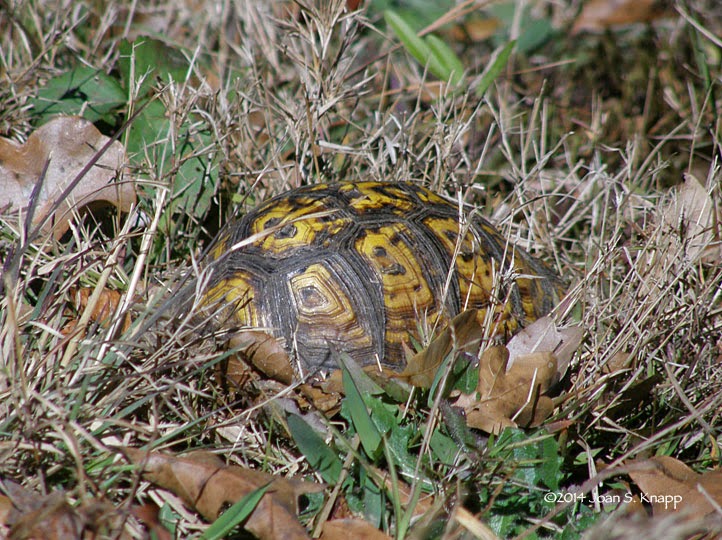November
8th, 2014. Many years ago, we planted elaeagnus plants along the fence line to
form a windbreak. The plants were labeled as Elaeagnus umbellata but they look
more like Elaeagnus pungens (Thorny Olive) with…
Spotted
buds and flowers, and…
Ovoid
fruit.
At
a time of year when most wildfowers have finished blooming for the year, these
elaeagnus bloom profusely and fill the air with an overpowering fragrance and,
apparently, provide nourishment for a number of insects.
Honey
bees are the most numerous visitors. The bushes hum with the sound they make as
they harvest nectar.
A
few butterfly species – usually just a few individuals – also visit these
bushes.
American
Lady (Vanessa virginiensis). I couldn’t get a photograph of
these on the elaeagnus. These photos were taken several years ago on butterfly
bushes (Buddleja davidii).
Some Variagated Fritillaries (Euptoieta claudia) also visit.
A group of Monarch butterflies (Danaus plexippus)
stopped by on October 28th and I saw another individual yesterday
(November 9th).
The most unusual visitor has been a black
Carpenter-mimic, Leaf-cutting bee (Megachile
xylocopoides). I had no idea what bee this was in spite of searching the internet. I submitted the photograph to BugGuide last Saturday. Their experts identified it by the
end of the day.
Fortunately,
these E. pungens plants haven’t spread in our area and, hopefully, they won’t.
They do, however, appear to serve as a late-season source of food for several species,
particularly honey bees as they gather food for Winter.
Related
post:













































